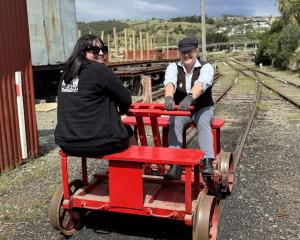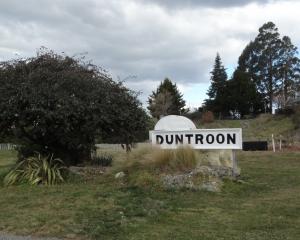The society has joined others defending the Waitaki catchment water allocation regional plan, which set a minimum flow of 150cumecs for the lower river after extensive hearings by a government-appointed board.
That plan became a regional plan of Environment Canterbury (ECan).
The aim is to overcome a conflict between the 150cumecs minimum flow, the minimum flow Meridian Energy is required to release from its Waitaki dam (less than 150cumecs under an existing consent) and retaining the existing almost 100% reliability of irrigation schemes.
Society chairman Bill Penno said yesterday the change to the minimum flow in the allocation plan was being considered by an ECan committee, the Lower Waitaki South Coastal Canterbury Zone Committee.
"The possibility of the flow falling below the minimum as determined in the water allocation plan is not predicted to occur very often, but would be at critical times for the river and for irrigation," he said.
The society considered it was important to adhere to the low-flow provision of 150cumecs arrived at after considerable community involvement and due deliberation during the hearings by the Waitaki Catchment Water Allocation Board.
There was a window of opportunity to examine the proposition further. The society was looking at the issue and was in contact with Environment Canterbury.
"The society believes that a comparatively small alteration in management of the river system could solve the problem and be satisfactory for all parties," Mr Penno said.
Any review of the plan would be advertised as a draft proposal, open to public submissions which would then be heard and considered before a decision was made. The zone committee had also promised continued consultation with stakeholders.
The proposal to change the minimum flow has already come under fire from a group of men involved in the original process to draw it up.
Dugald MacTavish, Brian Turner, John Highton, Bruce Parker, Jerry Walton and Alan Holmquist were "interested primarily in maintaining the in-stream values of the lower Waitaki" and said the allocation plan was "a social contract" developed after a huge and stressful undertaking by the community.
They were worried the change would lower environmental safeguards for the river with up to 40 cumecs transferred to the hydro-generation allocation during the critical summer period.
However, Waitaki Irrigators' Collective supported the proposal and believed it was a pragmatic solution which sought to balance the different values of the river, as the original board sought to do.












